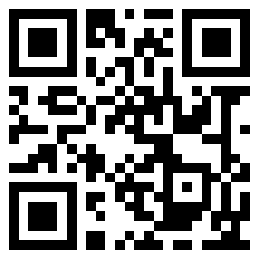L3:
Lecture 3
第一题
What is the lecture mainly about?
AA choreographer who was inspired by dances from ancient India and Europe
BRudolf Laban’s efforts to combine his interest in dance with his interest in social issues CThe development of a documentation method that uses lines and shapes to symbolize movement
DThe influence of Labanotation on the development of expressionist dance
第二题
Why does the professor mention creating music for an entire orchestra?
ATo explain why expressionist composers rejected traditional orchestral music
BTo contrast the simplicity of modern dance movement with the complexity of orchestral music
CTo show that it is possible to capture a complex performance by using a written system DTo describe how a standard notation method created for one art form was adapted for another
第三题
What does the professor imply about Laban’s use of geometric forms?
AIt was influenced by Laban’s study of expressionist painting.
BIt was surprising for someone with Laban’s background.
CIt developed from Laban’s imitations of classical dance.
DLaban was unable to adapt the forms for his large group dances.
第四题
According to the professor, what was the main reason that Laban created dances for people who had no dance training?
AHe believed that they would prefer dancing to passively watching sports events.
BHe believed that participation in group dancing increases people’s sense of community. CAudiences who enjoyed his dance performances asked him to make dances for them. DProfessional dancers were not willing to perform his experimental choreography.
第五题
What point does the professor emphasize when he mentions swimming and gymnastics? ADance training can be useful for athletes.
BCertain events in swimming and gymnastics need to be choreographed.
CLabanotation is better for documenting individuals than for documenting groups. DLabanotation can be applied to many types of movement.
第六题
What attitude does the professor express about video recording?
AHe is dissatisfied with video recording because it does not accurately show the choreographer’s intentions.
BHe is hopeful that new video technologies will make dance notation systems unnecessary.
CHe is pleased with recent video recordings showing re-created versions of historical dances.
DHe is worried that recorded versions of dance will eventually replace live performances.





